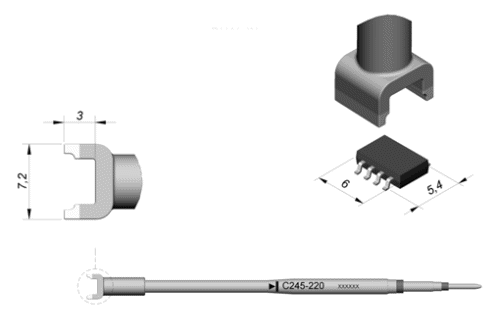First post, by kant explain
Thia video is pretty good, especially for begimners:
https://www.youtube.com/watch?v=7kkzIV5yTPQ
Lord knows I feel like a beginner as it's been a long time since I soldered anything.
But I find myself getting a little queezy by the use of soldering wicks. For chips you don't want to possibly destroy, there has to be better methods. Of course you can attach one of those little heatsink clips to each lead as you desolder. Or use one of those solder suckers, which I never have. Some people seem to like them. Or use bothe (clips and sucker).
I once thought that perhaps a board could be placed face (component side) down at the top of a bin, with that whole surface submerged in water. And do all the desoldering on the dry solder side (facing up obviously). Someone suggested the circuit board would crack, but I don't see why this would be the case as the temperature of the water wouldn't have to be that much lower then room temperature.
